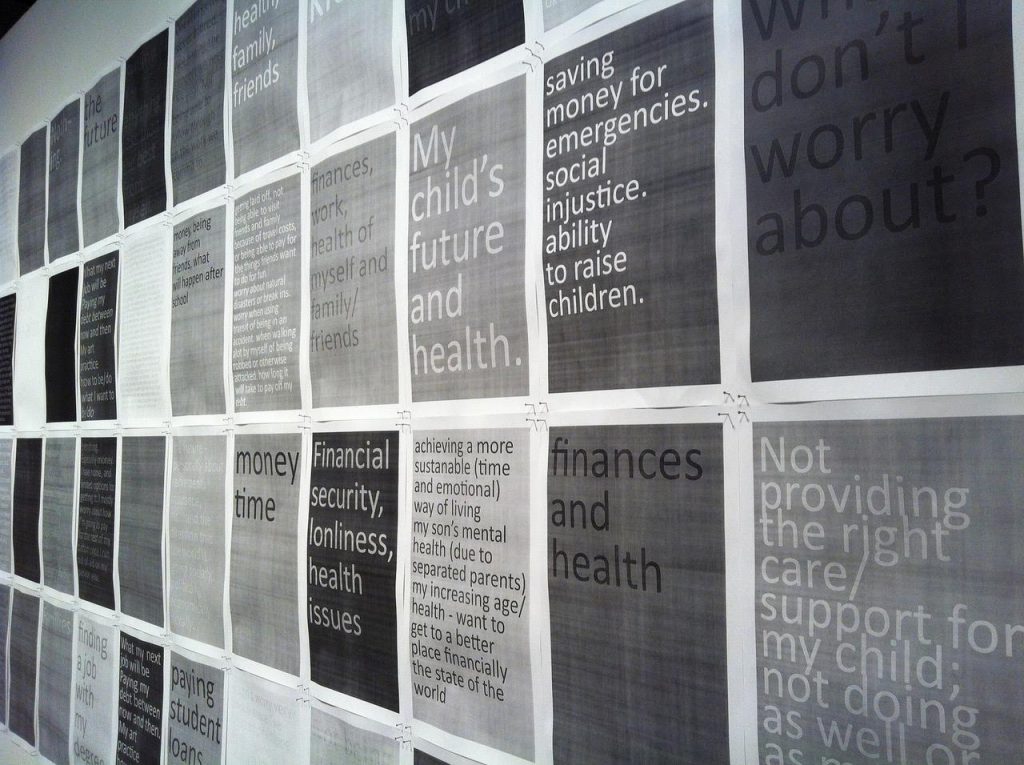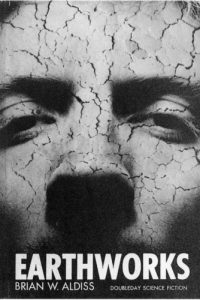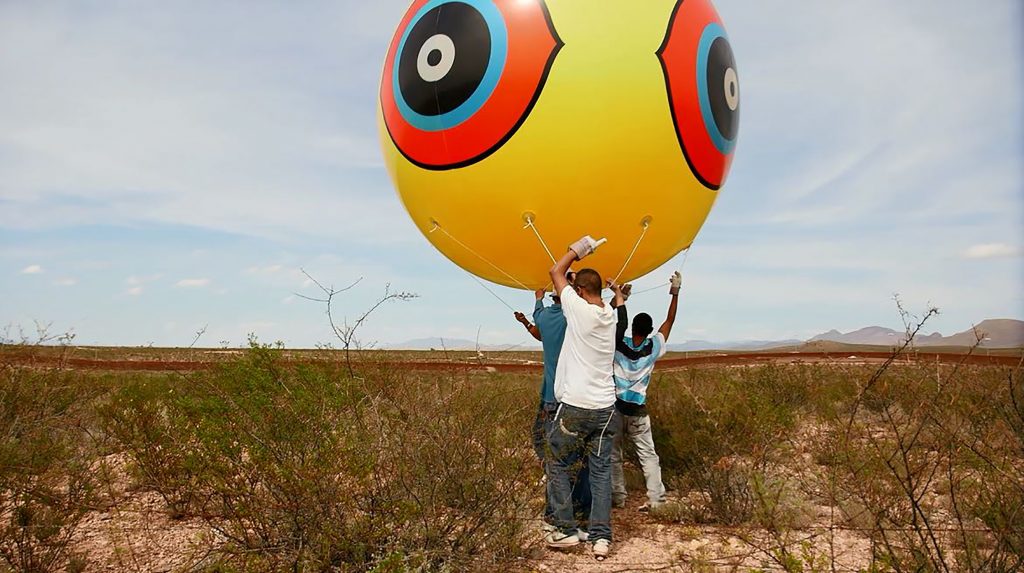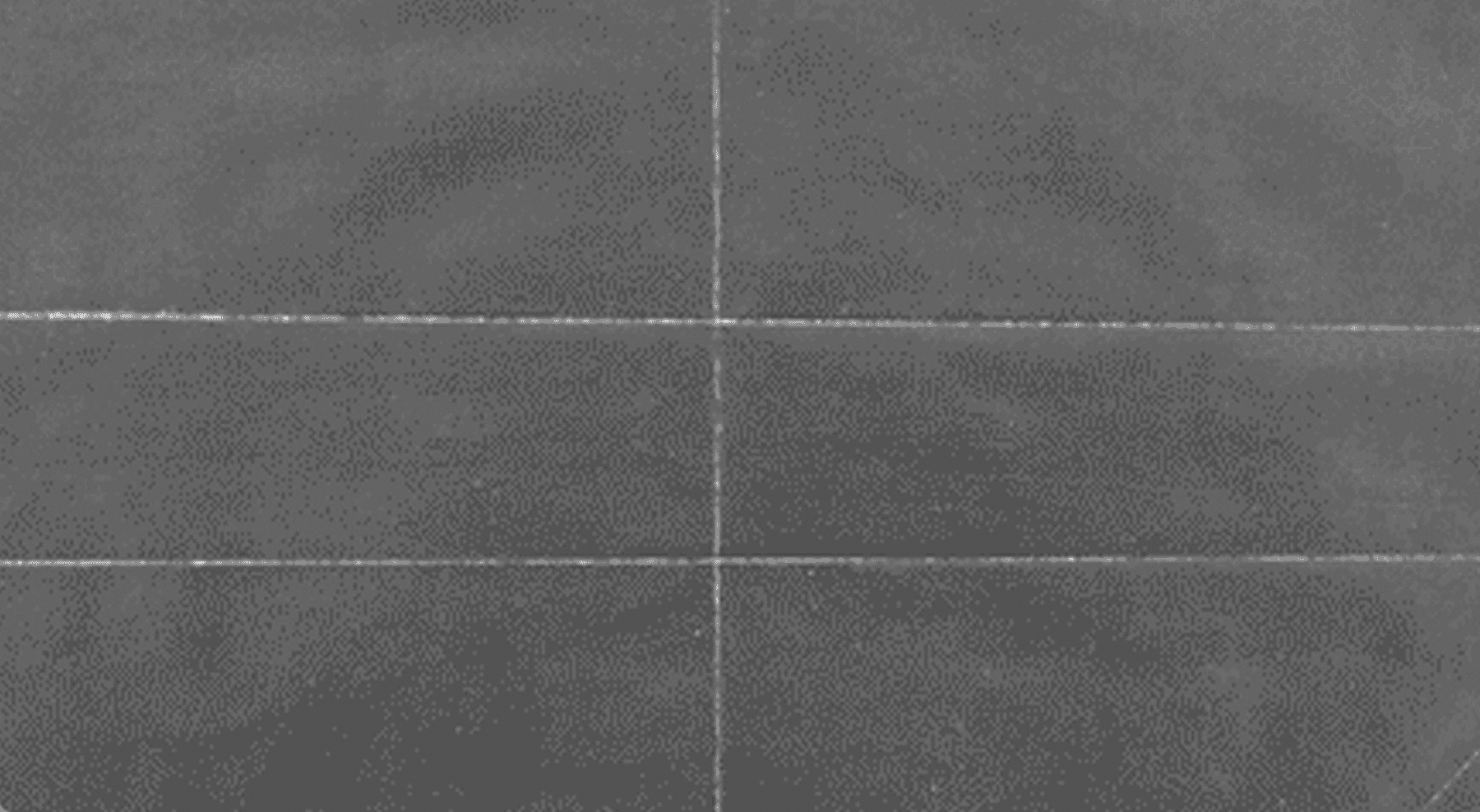CAA News Today
“Warriors and Volunteers: A Review of George W. Bush, Portraits of Courage” on Art Journal Open
posted by CAA — July 02, 2018
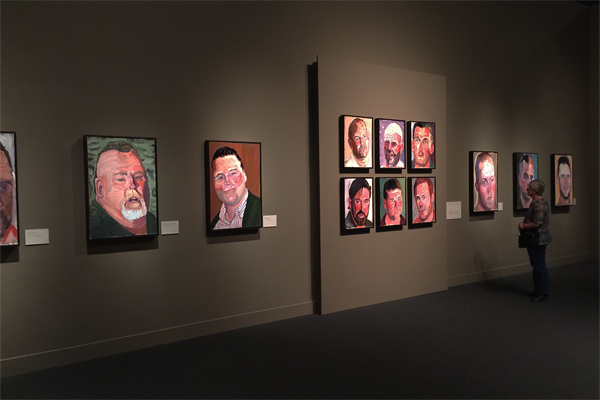
Installation images by Melissa Warak of Portraits of Courage: A Commander in Chief’s Tribute to America’s Warriors.
A new essay by Melissa Warak, “Warriors and Volunteers: A Review of George W. Bush, Portraits of Courage,” looks carefully and critically at a 2017 exhibition of paintings by former US president George W. Bush.
Warak, an art historian with close ties to veterans and active military, approaches Bush’s artistic production both technically and art-historically, but also personally and politically. Through Bush’s rendering of both visible and invisible wounds veterans sustained in the Iraq War, writes Warak, the exhibition “aims to humanize the war and highlight the president’s connection to the wounded.” Read more on Art Journal Open.
Call for Responses | Beyond Survival: Public Funding for the Arts and Humanities
posted by CAA — June 19, 2018
Art Journal Open seeks 500-word responses for a Forum on Public Funding for the Arts and Humanities, convened by Sarah Kanouse, Jeremy Liu, Catherine Morris, and Mimi Thi Nguyen.
Moderated contributions will be posted to an online forum hosted by Art Journal Open. Some respondents may subsequently be invited to expand their text into a longer article.
Responses will be accepted through August 20, 2018 to: publicfundingforum@gmail.com
Beyond Survival: Public Funding for the Arts and Humanities
Three decades into the long culture wars, how are artists, scholars, and cultural organizations navigating shifting political, community, and financial tides? Where have we encountered friction or congruence between federal priorities and our work at state, local, and community levels? Has our work changed – in structure, presentation, or substance – in response to these priorities?
Despite threats of elimination earlier in the year, federal funding for the arts and humanities has been preserved—at least for now. While rightly celebrating this collective accomplishment, we must also acknowledge that ideological pressures on US cultural policy are performed as much through selective funding as outright defunding. Each successive presidential administration has stamped its particular priorities on funding agencies, shaping arts and humanities research through both direct and indirect means. The grantmaking models now used by the National Endowment for the Arts and National Endowment for the Humanities were carefully devised to avoid the headline-grabbing controversies of the 1980s culture wars while articulating the value of the arts and humanities to a non-elite, often skeptical public. Simultaneously, arts and scholarly communities have sometimes struggled for diversity in terms of race, class, and gender. Nonprofit cultural and educational institutions evolved alongside twentieth-century funding models, with diminishing federal funding giving way to support from private philanthropy, and its concomitant priorities. Surviving funding programs often expect artistic and intellectual activities to contribute to community development, shore up fraying social services, or emphasize their policy implications—a challenging charge made more difficult by the patchwork of fragile social, economic, community, and technological infrastructures on which such work rests.
In an environment of heightened scarcity and competitiveness, how do we negotiate the differing audiences, priorities, and compromises that inevitably register in creative, academic, and public discourse? How do we defend our existing, imperfect, imperiled institutions while also calling for—and ultimately achieving—more expansive public funding of a wider range of aesthetic and political voices?
We seek 500-word responses to these questions from communities of art-making, scholarship, and exhibition practice. Moderated contributions will be posted to an online forum hosted by Art Journal Open. Some respondents may subsequently be invited to expand their text into a longer article. Responses will be accepted through August 20, 2018 to publicfundingforum@gmail.com.
Sarah Kanouse
Artist and Associate Professor
Department of Art + Design
Northeastern University
Jeremy Liu
Senior Fellow for Arts, Culture and Equitable Development
PolicyLink
Catherine Morris
Senior Curator for the Elizabeth A. Sackler Center for Feminist Art
Brooklyn Museum
Mimi Thi Nguyen
Associate Professor
Gender and Women’s Studies and Asian American Studies
University of Illinois, Urbana-Champaign
New on Art Journal Open
posted by CAA — June 13, 2018

Elisabeth Smolarz, ENCYCLOPEDIA OF THINGS, 2014- (ongoing). Archival inkjet prints, dimensions variable. Courtesy of the artist.
Caitlin Masley-Charlet in Conversation with Elisabeth Smolarz
This interview is the last in a series of conversations led by Caitlin Masley-Charlet, focused on the utility and scope of artists residencies. In this interview, Masley-Charlet sits down with artist Elisabeth Smolarz to discuss Smolarz’s recent residencies and projects, and the importance of failure, artistic community, and cross-pollination between practitioners.
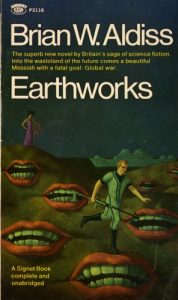
Brian Aldiss, Earthworks, Signet paperback, 1967
Digging into Aldiss’s Earthworks and Smithson’s “Earthworks”
Scholar Suzaan Boettger looks at the generative interplay between the science-fiction novels of the late Brian Aldiss and the Land art works of Robert Smithson, examining the word “earthworks” as a “shared emotional bedrock” between the two artists. In looking at Aldiss and Smithson side by side, Boettger brings Aldiss’s work more into the realm of art history, and Smithson’s work more into the realm of science fiction and environmental degradation.
Zachary Kaiser presents CitationBomb on Art Journal Open
posted by CAA — April 24, 2018
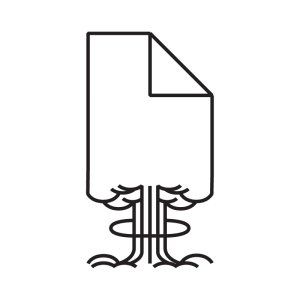 In a new project for Art Journal Open, Zachary Kaiser presents CitationBomb, an app that aims to overflow the Google Scholar algorithm and subvert the systems of metrification that track academic impact, influence, and success.
In a new project for Art Journal Open, Zachary Kaiser presents CitationBomb, an app that aims to overflow the Google Scholar algorithm and subvert the systems of metrification that track academic impact, influence, and success.
Pointing to the difficulty, if not impossibility, of opting out of systems that track output and activity, Kaiser presents CitationBomb as one tactic through which academics may push back against algorithmic structures.
Kaiser’s new piece, “Citation Bombing: Tactical and Symbolic Subversion of Academic Metrification,” featuring an introduction by Art Journal Editor-in-Chief Rebecca Brown and a scholarly essay by Kaiser, is up now on Art Journal Open.
Art Journal Open is a forum for the visual arts that presents artists’ projects, conversations and interviews, scholarly essays, and other forms of content from across the cultural field. Published by CAA, Art Journal Open is the online, open-access affiliate to Art Journal, a quarterly journal devoted to twentieth- and twenty-first-century art and art history.
“Decentering Land Art from the Borderlands” on Art Journal Open
posted by CAA — April 04, 2018
Just published on Art Journal Open, “Decentering Land Art from the Borderlands: A Review of Through the Repellent Fence” by Emily Eliza Scott presents a close look at the 2017 film Through the Repellent Fence, a documentary about the interdisciplinary collective Postcommodity. Scott examines Postcommodity’s practice, its relation to and divergences from Land art traditions, and the role of art along the US-Mexico border. Click here to read more.
Art Journal Open is a forum for the visual arts that presents artists’ projects, conversations and interviews, scholarly essays, and other forms of content from across the cultural field. Published by CAA, Art Journal Open is the online, open-access affiliate to Art Journal, a quarterly journal devoted to twentieth- and twenty-first-century art and art history.
Scripting A Smeary Spot on Art Journal Open
posted by CAA — December 21, 2017
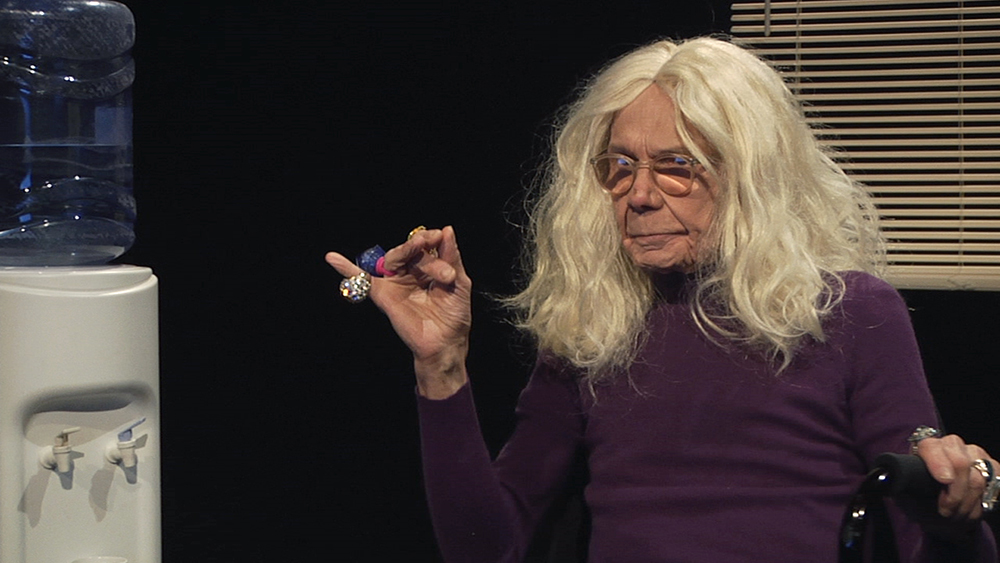
The late Jack Doroshow performs as Mother Flawless, a clairvoyant psyche. In this scene she recites an excerpt from Joanna Russ’ sci-fi novel We Who Are About To. . . , A.K. Burns, video still from A Smeary Spot, 2015, four-channel video installation, HD color, six-channel sound, TRT 53:13 (artwork © A.K. Burns; image provided by the artist, Callicoon Fine Arts, NY, and Michel Rein Gallery, Paris/Brussels)
In this annotated commentary, artist A.K. Burns and art historian and critic Melissa Ragain explore the script, performances, and citations in Burn’s video installation A Smeary Spot (2015), which is the first episode in her five-part Negative Space film cycle.
From Ragain’s introduction: “In this annotated commentary, A.K. and I discuss the first episode of Negative Space titled A Smeary Spot, a fifty-three-minute, four-channel video installation that premiered in September 2015 at Participant Inc. in New York. We walk through selections from the script, which A.K. constructed out of appropriated and altered excerpts from poetry, philosophy, and fiction. Feminist sci-fi by writers like Joanna Russ, Ursula K. Le Guin, and the new materialist philosophy of Karen Barad were starting points for Negative Space though its cultural touchstones are far more wide-ranging.”
Visit Art Journal Open to explore Scripting A Smeary Spot.
Medias Res by Nick Herman on Art Journal Open
posted by CAA — November 30, 2017
Art Journal Open presents Medias Res by Los Angeles–based artist Nick Herman, with an introduction by Art Journal Open’s Former Web Editor, Gloria Sutton.
Medias Res is the second of two projects that Herman has created for Art Journal Open, and features Herman’s exploration of his artworks and texts related to his interests in static, rastering, layering, and other transmission processes. These interests have led Herman to create two new works to be viewed on Art Journal Open: Comm 1 (2017), which takes the shape of a unique and experimental pop-up GIF experience, and MERROR ERROR TERRIOR (2017), a downloadable image.
“Static or noise as a record of transmission becomes its own reward, reflecting its innate complexity and, in the process, some greater truth about its origin.” Herman writes, “To me, the GIF does something similar, capturing the unpredictable rhythms and constituent raster of their source.”
Visit Art Journal Open to explore Media Res.
New Essay by Anna Craycroft on Art Journal Open
posted by CAA — November 02, 2017
In “To Listen,” a new essay on Art Journal Open, artist Anna Craycroft considers the role of the voice of the artist and reflects on her process of creating her exhibition Tuning the Room (Ben Maltz Gallery at Otis College of Art and Design in Los Angeles, January 28–April 16, 2017) in relationship to her research into the archives of photographer Berenice Abbott for Craycroft’s exhibition The Earth Is a Magnet (Institute of Contemporary Art Boston, November 16, 2016–March 26, 2017).
Visit Art Journal Open to read “To Listen.”
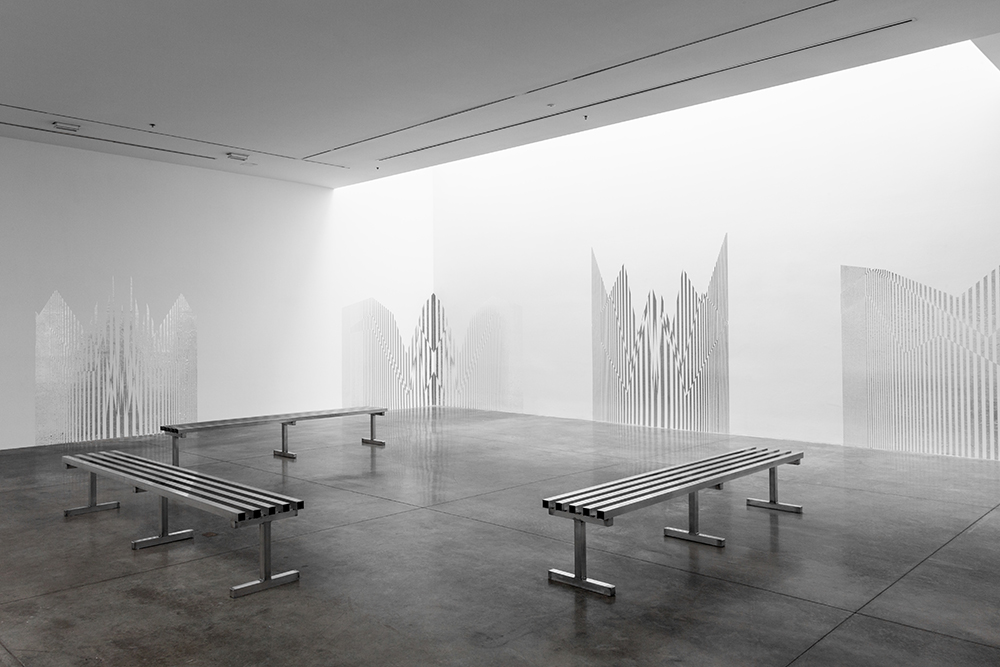
Anna Craycroft, Tuning the Room in Variable Frequencies, 2017, vinyl chrome murals, dimensions variable, and aluminum benches, 120 x 18 x 18 in. (304.8 x 45.7 x 45.7 cm) (artwork © Anna Craycroft; photograph provided by Ben Maltz Gallery at Otis College of Art and Design)
Art Journal Open Call for Essays and Artist Projects
posted by CAA — October 03, 2017
Submit to Art Journal Open
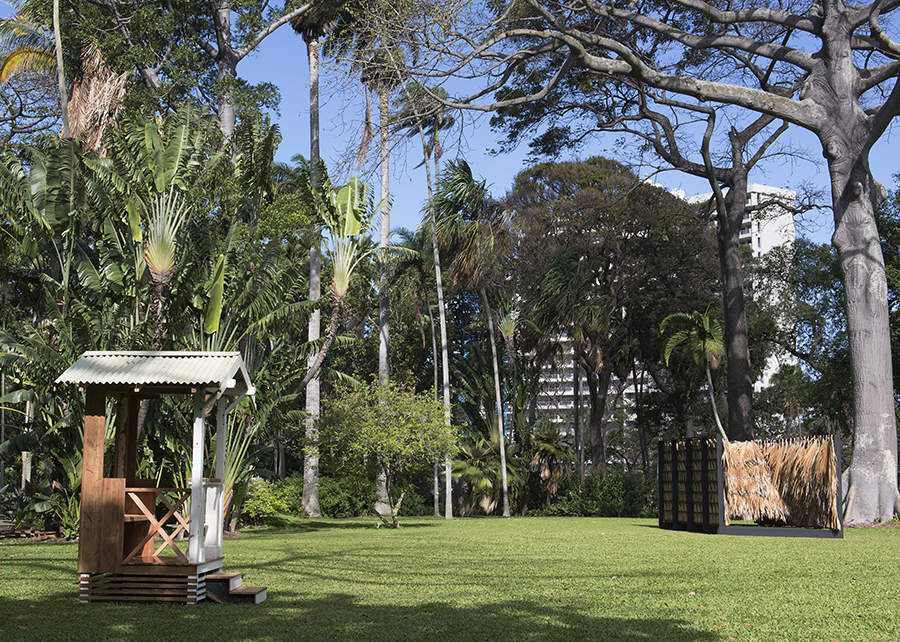
Recently in Art Journal Open, art historians Margo Machida and Jaimey Hamilton Faris spoke with artists Lynne Yamamoto and Sean Connelly about their sculptural works on view at the Honolulu Biennial. [image: Sean Connelly, Thatch Assembly with Rocks (2060s), 2017 and Lynne Yamamoto, Borrowed Time, 2017, installation view at Foster Gardens (artwork © Sean Connelly; artwork © Lynne Yamamoto; photograph © Lucretia Knapp)]
CAA invites submissions and proposals of artists’ projects, essays, conversations, and more to Art Journal Open, an open-access, independently edited, peer reviewed web journal that provides an agile counterpart to the quarterly Art Journal. Art Journal Open publishes original content by artists, scholars, teachers, archivists, curators, critics, and other cultural producers and commentators, with the commitment to foster new intellectual exchanges. Contributions focus on post-1945 material with an emphasis on the contemporary, although topics from throughout the twentieth-century may be considered. As an online publication, Art Journal Open prioritizes material that makes meaningful use of the web, such as multimedia formats and techniques. Rebecca K. Uchill serves as web editor of Art Journal Open, which publishes on a rolling basis.
Please send your submission to Uchill at art.journal.open@collegeart.org. Articles should be accompanied by images or time-based media elements that are to be published with the text; artists’ projects should also include the visual or multimedia material intended for publication. For proposals, please include a one-page written description and sample images. Full submission instructions can be found on Art Journal Open.



